Come discover how to create and follow a spring planting checklist to establish a solid foundation for a healthy, productive garden throughout the year, incorporating seasonal tasks and preparation tips.
Seasonal Gardening Tips: Explain a Complete Spring Planting Checklist
Did you know that maintaining a seasonal garden is the surest way to keep your plants healthy and bloom all year round?
Following a spring planting checklist at the beginning of the year prepares you for the coming cycle, especially after winter dormancy.
As spring gives way to summer, the growth season begins to peak. Use summer lawn watering tips to reduce waterlogging and boost fertilization for blooming, flowering, and fruiting plants.
Towards the end of the year, the autumn leaves begin shedding, and so fall garden prep comes in handy, whether it’s clearing debris or clipping dead leaves.
And when the schedule comes full circle, and the frost takes over, winterize garden beds and tools to keep the soil moisturized and healthy until spring showers fall.
In this guide, you’ll learn how to use a seasonal schedule to maximize your gardening efforts.
The Benefits of a Seasonal Gardening Plan
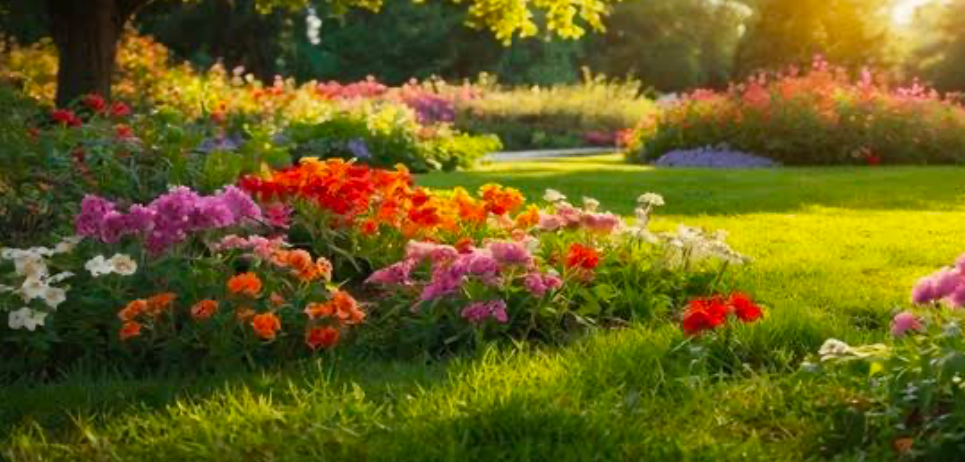
Following a year-round garden planning guide offers so many benefits beyond its aesthetic value.
Improves Plant Health
When you use a seasonal garden maintenance checklist to groom your plants, they grow healthier and produce more vibrant blooms.
You can monitor trends and prepare against seasonal pests and diseases so that you can build your garden’s resilience over time.
Maximize Yield
Having an efficient garden routine maximizes yield because it reduces the risk of diseases and pests that attack your harvest.
Timely Effect
Sticking to a seasonal gardening schedule speeds up each season’s tasks because they function naturally instead of stressing to deliver results.
For example, watering and fertilizing in the summer when the heat is high helps retain moisture in your garden, whereas doing so in the spring when there are heavy showers may cause waterlogging.
Overall, the essence of a seasonal schedule is to maximize nature’s standard conditions. So, let’s start our cycle with spring.
Author’s Note: Check out our post on Lawn Fertilization Schedules for in-depth recommendations on Spring, Summer, Fall, and Winter fertilizers.
The Steps in a Spring Planting Checklist
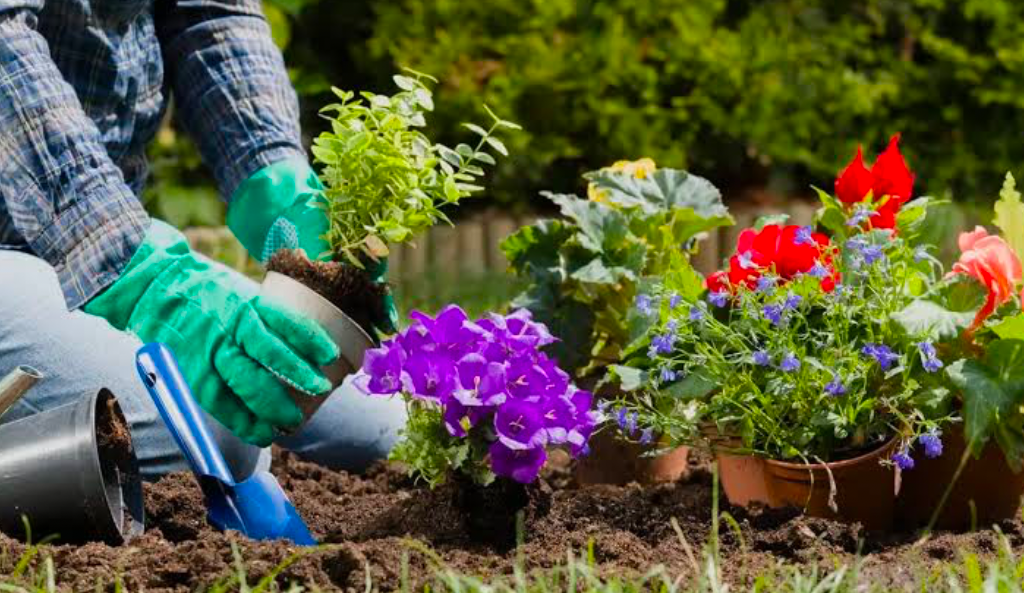
During spring, you must prioritize early-season gardening tasks like soil assessment, plant choice, garden bed prep, and growth patterns.
Use this spring planting checklist to ensure you cover all bases:
Assess Soil Quality
Use a soil test kit to assess your soil quality. Note the pH and nutrient levels so that you’d know what needs correction before planting.
Choose the Right Plant
Plant spring vegetation for the best blooms. Some of the plants for spring include Peas, Daffodil, Tulips, Lettuce, Carrots, and Azaleas.
Prepare Garden Beds
Use these soil preparation tips to set a healthy foundation for your plants:
- Clear the garden bed
- Loosen the soil with aeration techniques
- Feed the soil with lacking nutrients, as noted in the soil testing step
- Prepare the garden bed by leveling or raising the soil
- Wet the soil a little bit
Summer Lawn Watering Tips and Maintenance
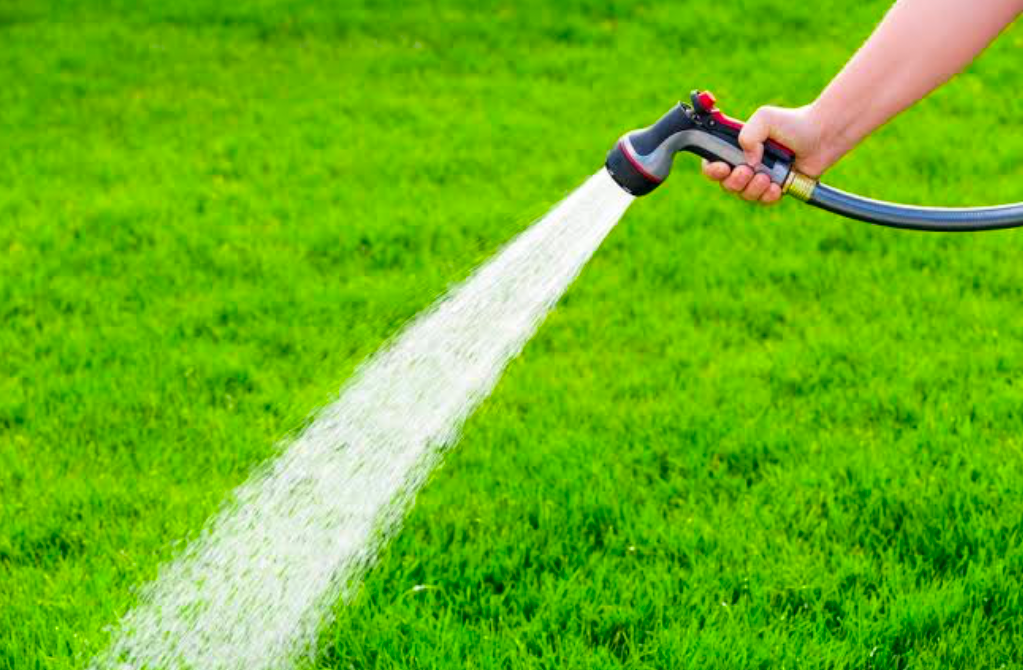
As spring showers dry up, it’s time to switch to summer lawn maintenance. Summer tasks range from watering to mowing and weed control.
Watering Schedule
Maintaining a good watering schedule for lawns ensures you retain moisture regardless of the summer heat. So, use these summer lawn watering tips for depth without waterlogging your garden.
- Water early in the morning before the sun comes out
- Target a depth of 1 – 1.15 inches weekly to reach the roots
- Use less water for clay soil and more for loose soil.
Author’s Note: Check out our post on Drip Irrigation Setup for a Smarter Garden to learn how you an automate your garden’s watering needs.
Weed Control Strategies
Finally, use weed control strategies like mulching, weeding, covering patches with a tarp, and using organic weed killers to discourage weed growth.
Mowing Techniques
Mowing is an essential part of lawn care in hot weather, as it ensures deep watering for better water retention.
- Raise the mower blade height during heat to prevent soil burn
- Reduce the blade height as fall draws nearer for easy clearing of leaves.
Fall Garden Prep for Next Season’s Success
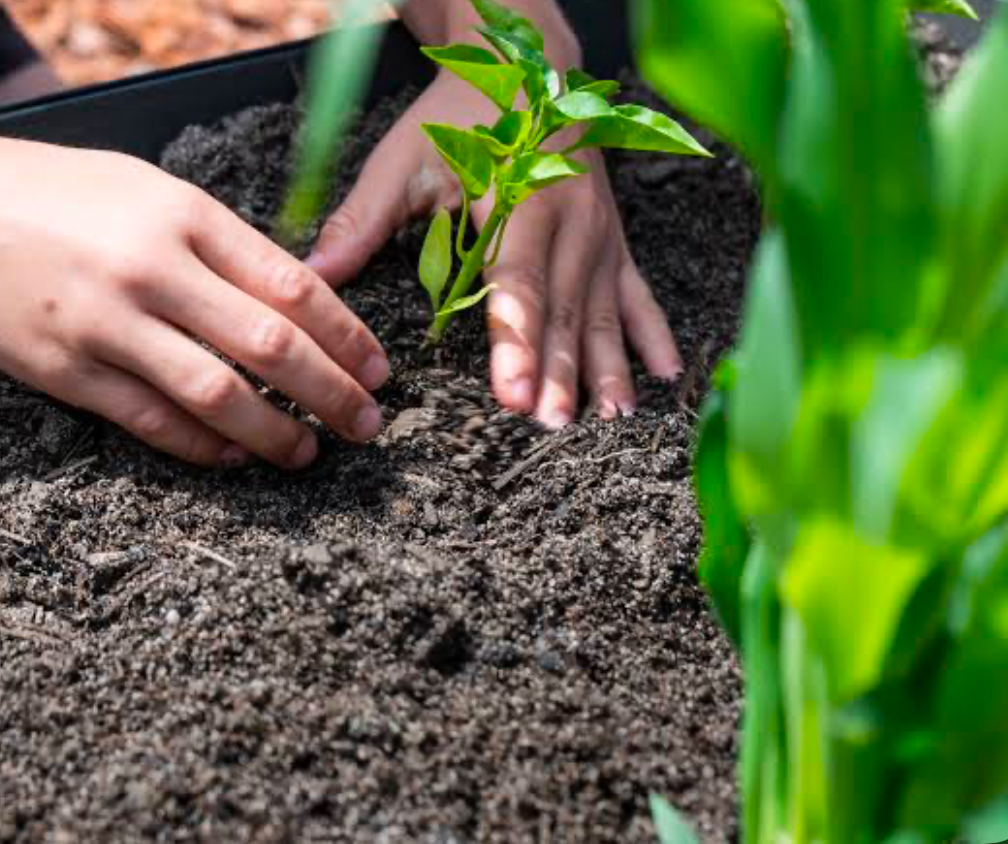
For your fall garden prep, remove spent plants, add compost, and plant cover crops to enrich the soil over winter, ready for the following spring.
Here’s how it actually works:
Soil Improvement
Mulching helps with autumn soil improvement because it prevents dryness, erosion, and snow frosting.
Composting
Composting in the fall months is the best option because it enriches the soil ahead of the frost season. Use homemade composts, such as coffee grounds, tea solutions, banana peels, eggshells, and leaf clippings, to restore nutrients.
Cover Crops Planting
Instead of mulching, you can rely on cover crop planting techniques to retain moisture, infuse nutrients, and protect your soil from the harsh weather coming in the next season. Some cover crops you can use are Oats, Rye, Peas, and Buckwheat.
Weatherize Garden Beds Effectively

Cold-weather gardening is mostly about soil and plant protection because of the chilly weather conditions. Use these methods to protect your garden beds during winter and ensure your plants survive the cold months.
Winterize Garden Beds
Use mulch to winterize garden beds and prevent them from drying out. You can also protect the soil and plants by planting cover crops and covering the garden bed with a winter sheet.
Scroll up for more mulching techniques to retain garden moisture in the frosty months.
Row Covers
Use row covers or frost blankets for extra frost protection for plants during the winter season. In large gardens, thick polypropylene fabrics are ideal, while burlap is better for eco-conscious gardening.
If you have a garden tunnel that needs heating, use a plastic row cover to generate heat.
Frost Protection
Winterize your gardening tools also to ensure durability and allow easy usage during maintenance. You can also plant winter vegetation to reduce soil stress when pulling nutrients.
Winter plants include evergreens, hellebores, and camellias.
The Importance of Tracking and Rotating Crops
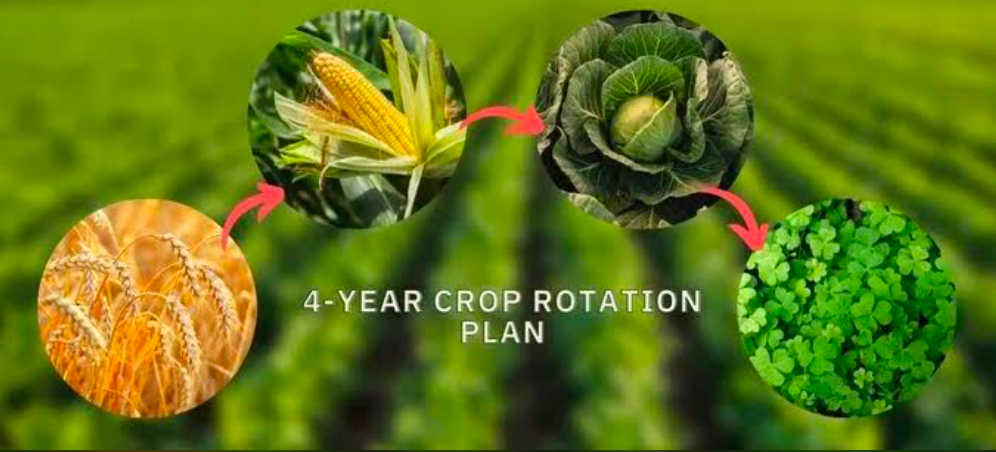
An underrated aspect of seasonal lawn care is garden record keeping from plant locations to crop species. It seems like extra effort, but it pays off when it’s time for pest prevention gardening through crop rotation.
Crop Rotation Benefits
When you rotate crops in your garden, it prevents pest build-up by disrupting their pattern. It also aids in soil health improvement when you rotate crops in your garden, as it prevents pest build-up by disrupting their pattern. It also aids in soil health improvement when you don’t take the same nutrients from a zone consistently. Instead, the rotation allows a variety of nutrient needs and infusion.
Finally, when you create a gardening system that’s eco-friendly and gives back to its ecosystem, you reap a bountiful yield.
Tools and Resources for Seasonal Gardening
Manually tracking a seasonal maintenance checklist can be challenging because you may skip an entry in your gardening journal or make an error. However, with technology comes innovation, and that’s why there are now gardening apps and garden planning tools to help with seasonal scheduling.
Some essential gardening tools and resources for tracking planting dates, watering needs, and seasonal maintenance schedules include:
- Garden Planner apps
- Planting dates logbook
- Observation journal
- Gardening layout tools and apps for zoning
- Weather apps and calendars
- Local pest and disease info on community forums
Conclusion: A Spring Planting Checklist Supports Year-Round Gardening
Seeing the seasonal tasks ahead of you can be scary, and that’s why you need to streamline your gardening activities, starting with a spring planting checklist.
Open the year by waking your garden up from its winter slumber and follow summer lawn watering tips to replenish its moisture.
As summer closes out and fall draws nearer, move on to post-summer lawn care. Apply fall garden prep techniques, such as clearing fallen leaves and winterizing garden beds, before the first frost to ensure your hard work throughout the year pays off.
This way, your garden will always be in bloom no matter the season.


